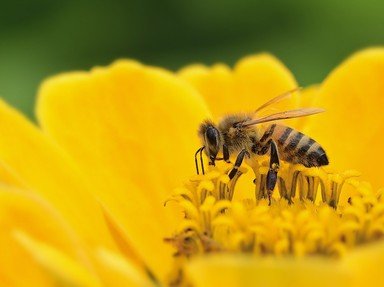Quiz Answer Key and Fun Facts
1. The ants in the photo belong to the Solenopsis genus, and are renowned for the painful stings they can inflict. What is the common name by which they are known?
2. The blue-ringed octopus can kill humans as it produces tetrodotoxin. Which of these edible fish also carries the same toxin?
3. You'll probably recognise this as a tarantula, scientific name Brachypelma Smithi, and may even know its common name of redknee tarantula. In which of these countries are you most likely to find one in the wild?
4. With the scientific name of Vespa mandarinia, the insect pictured is usually called the Asian giant ___?
5. The creature in the picture is a deer tick, the source of various diseases in humans. Which of these is one of them?
6. Some species of this jellyfish are among the most toxic creatures in the ocean. What is their common name, derived from their shape?
7. With around 1750 different species, the risk of being stung by a scorpion is quite high. How many of these species have venom which could kill a human?
8. Although the common name of these organisms is fire coral, they are not actually members of the coral family.
9. The mosquito is known as a vector for spreading many diseases. Which island country has a climate which means mosquitoes cannot survive there?
10. Which of these is the correct genus of the bumblebee?
Source: Author
rossian
This quiz was reviewed by FunTrivia editor
guitargoddess before going online.
Any errors found in FunTrivia content are routinely corrected through our feedback system.

